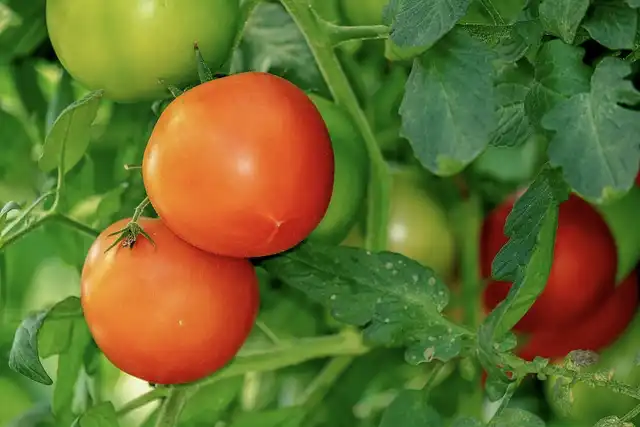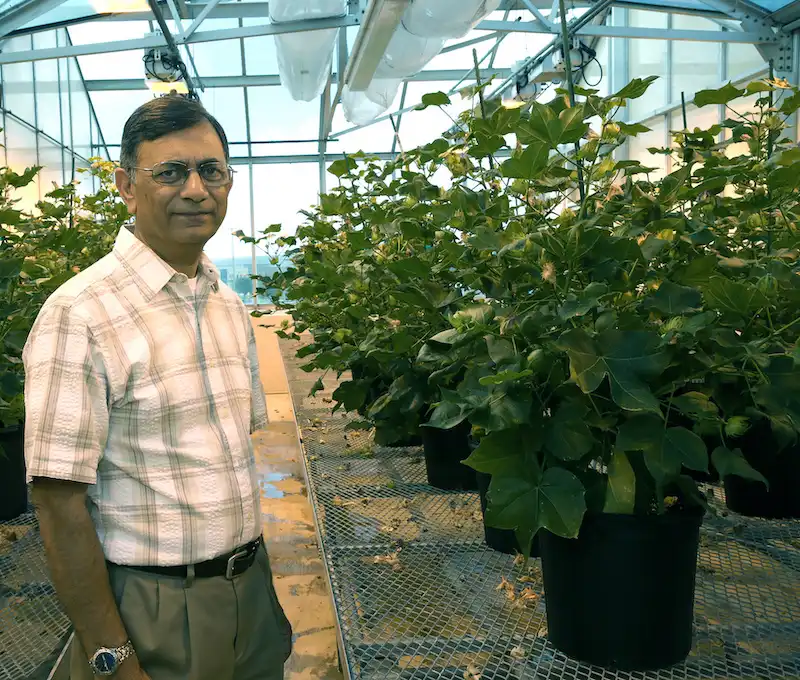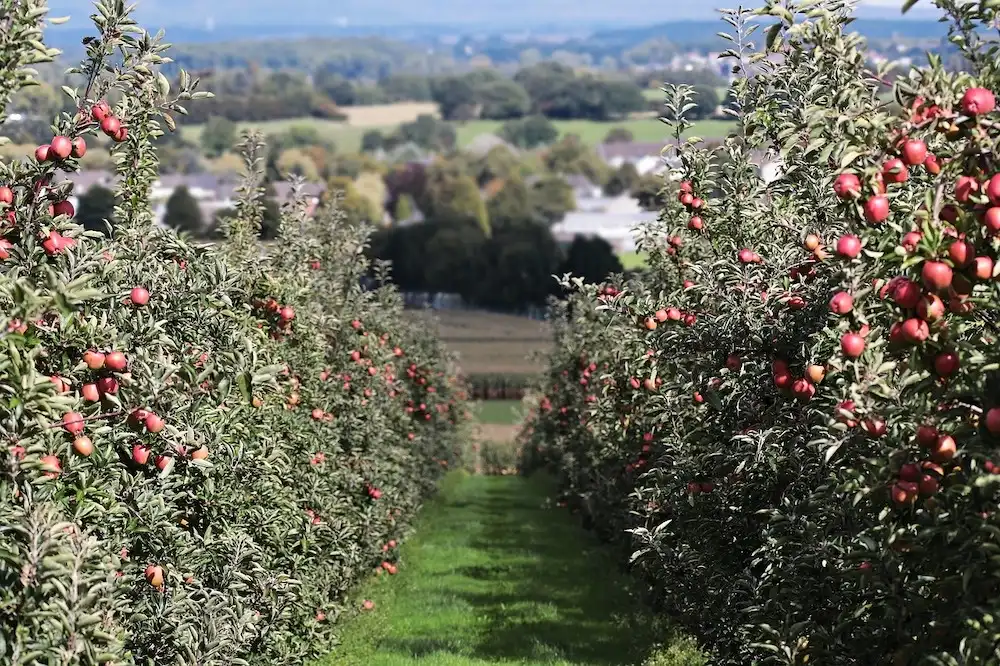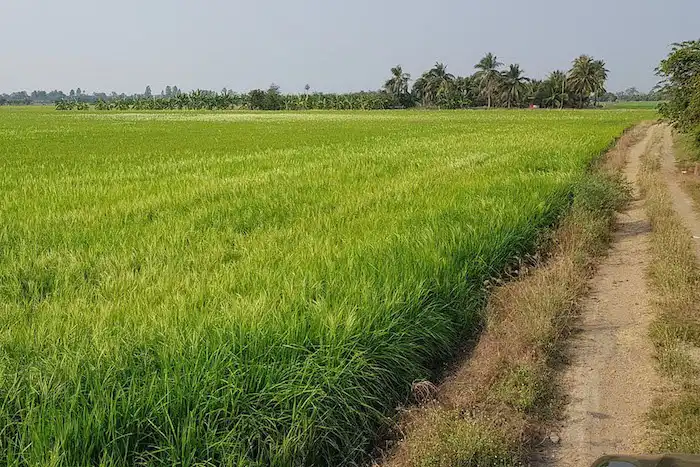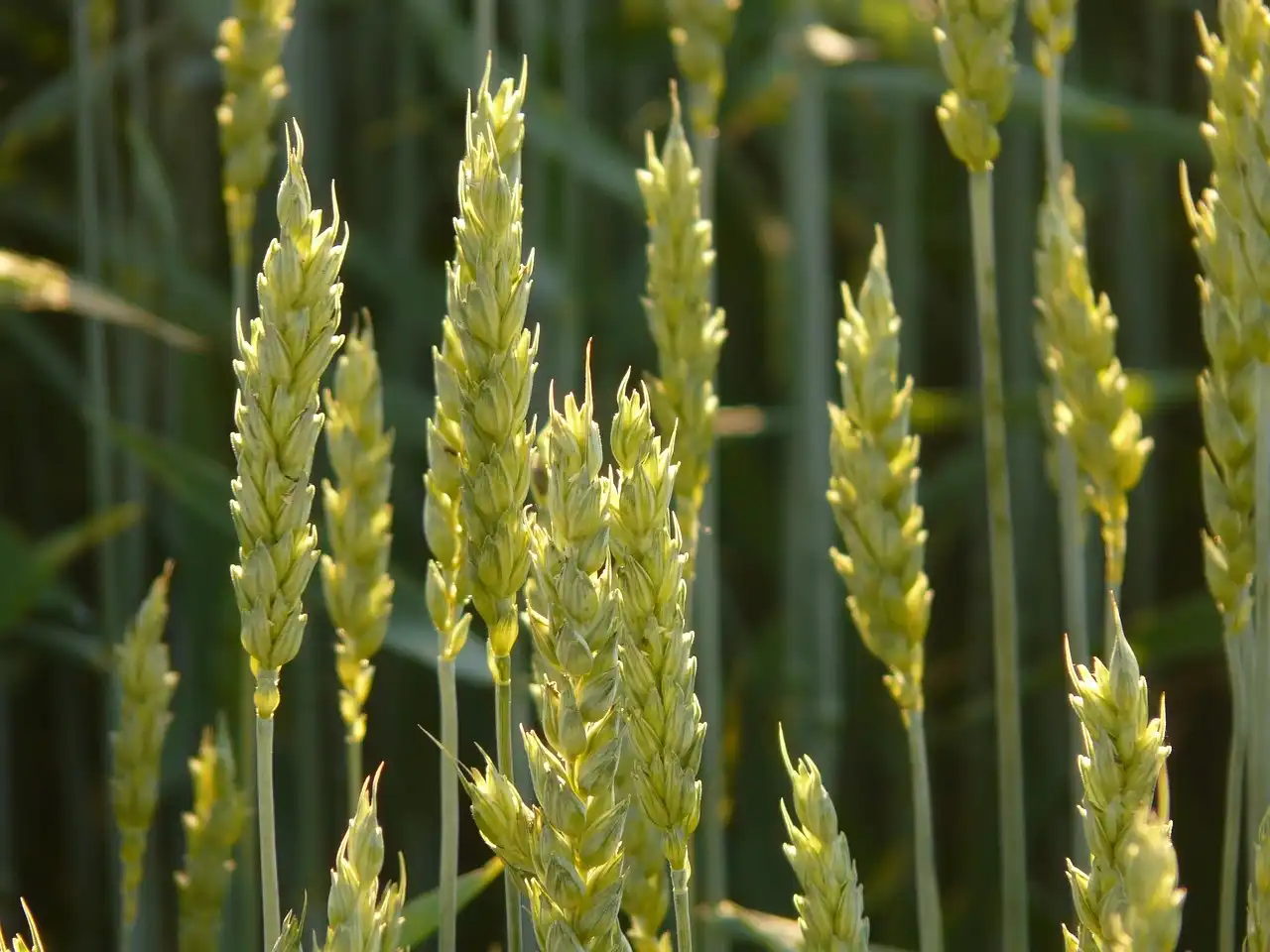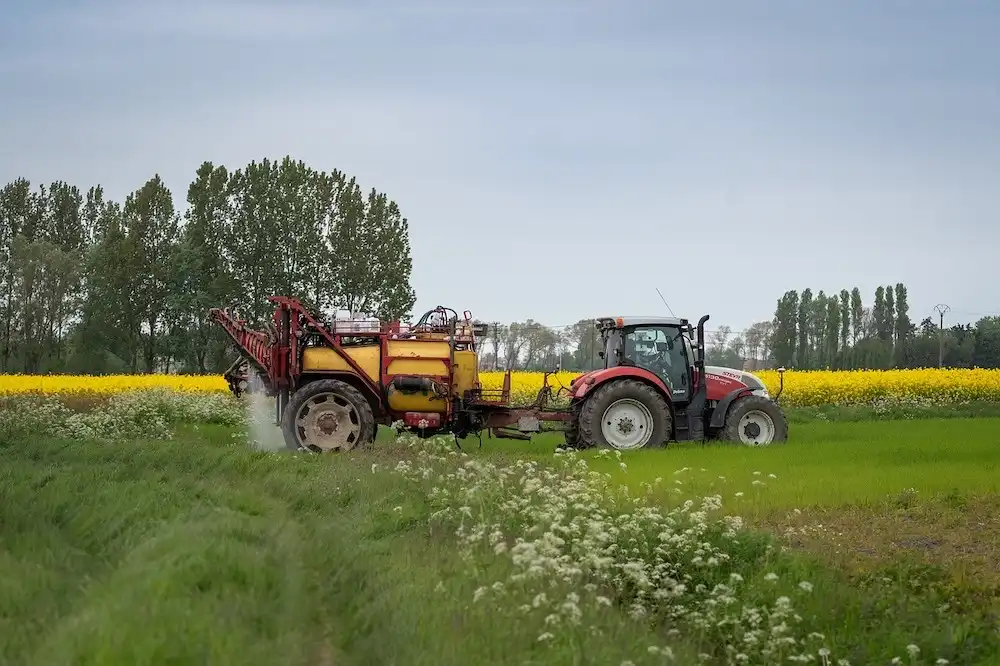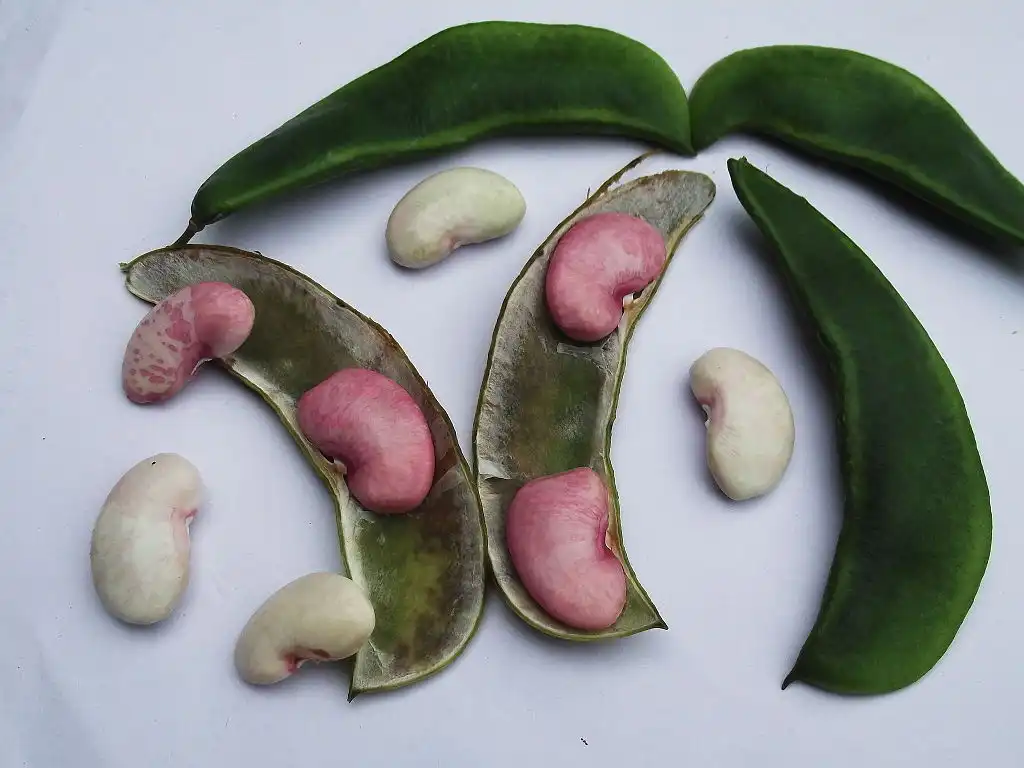
Scientists have identified key genes and the mechanism by which they control flowering in sorghum, an important bioenergy crop. The findings suggest strategies to delay sorghum flowering to maximize plant growth and the amount of biomass available for generating biofuels…
Read More


